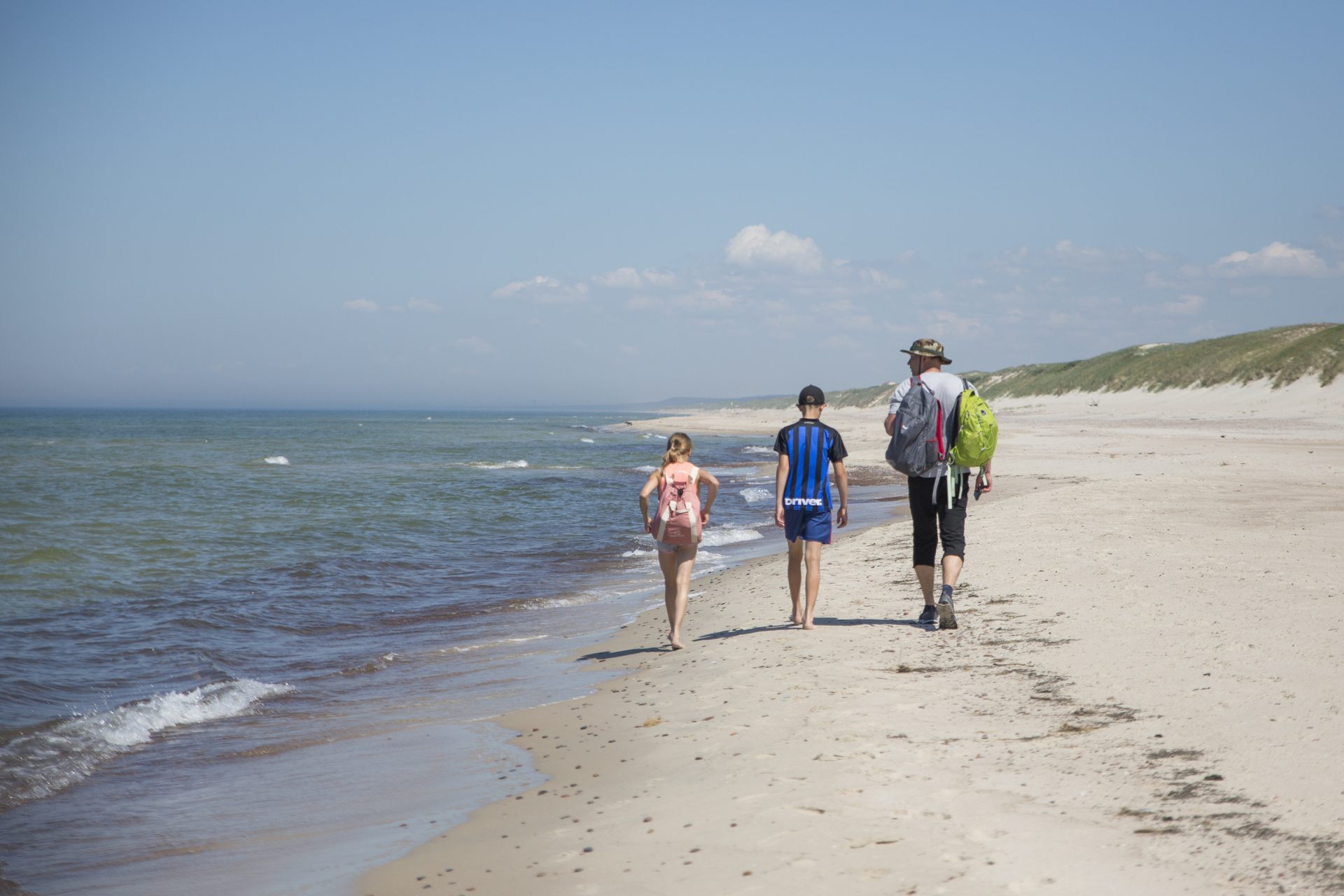Latvia’s vast network of hiking trails offers extraordinary experiences for adventurers seeking both distance and detail. Juris Smaļinskis, a biologist and tourism expert with the Latvian Country Tourism Association “Lauku Ceļotājs” and the key figure behind these pathways, reveals what makes them special.
Wilderness Networks
Since 2017, Juris Smaļinskis has been one of the key contributors – alongside “Lauku Ceļotājs” and partner organizations across the Baltic countries – to the development of Latvia’s long-distance hiking trails. He has led the mapping of routes, connecting segments across the country, and linking them with international paths.
Thanks to this joint effort, trails like Jūrtaka (Baltic Coastal Trail), Mežtaka
(Baltic Forest Trail), and Ezertaka (Latgale Lake Hiking Trail) are now clearly marked, well-documented, and accessible to anyone eager to experience Latvian nature up close.
